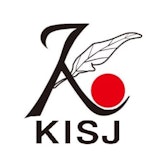New Year's Holidays
Our school will be closed from December 29th to January 3rd. Thank you all for your support this year. Have a Happy New Year.
Year-end and New Year holidays
The school will be closed from December 29th ~ January 3rd. Ladies and gentlemen, thank you very much for your hard work this year. Wish you a happy New Year.
Show original text

![[Image1]New Year's HolidaysOur school will be closed from December 29th to January 3rd. Thank you all for yo](https://img-cooljapan.imgix.net/member_posts/image/92dc6a124f260a7131ec566dce5757a0cfa84f43.jpg?w=1000&h=750&fit=min&auto=format&q=70)


